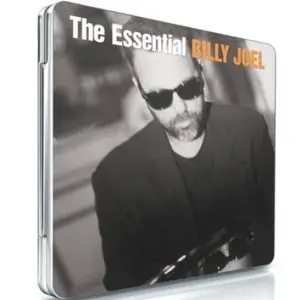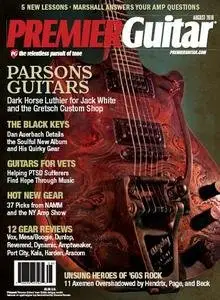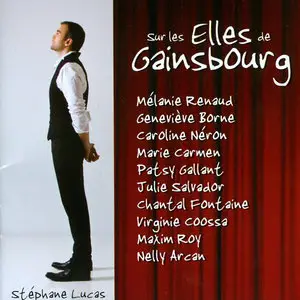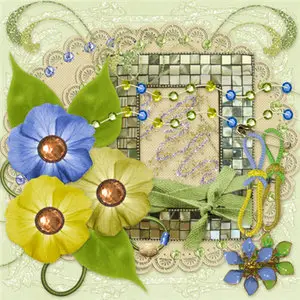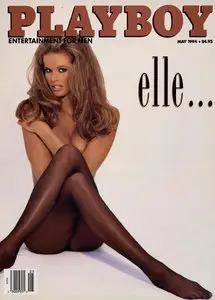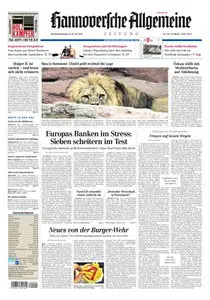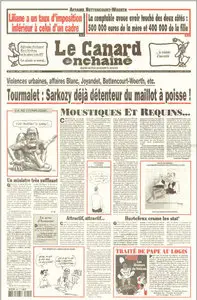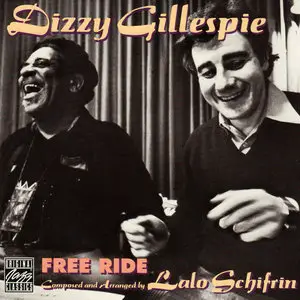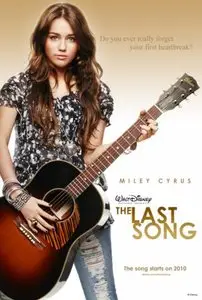| Su | Mo | Tu | We | Th | Fr | Sa |
|---|---|---|---|---|---|---|
| 27 | 28 | 29 | 30 | 1 | 2 | 3 |
| 4 | 5 | 6 | 7 | 8 | 9 | 10 |
| 11 | 12 | 13 | 14 | 15 | 16 | 17 |
| 18 | 19 | 20 | 21 | 22 | 23 | 24 |
| 25 | 26 | 27 | 28 | 29 | 30 | 31 |
Attention❗ To save your time, in order to download anything on this site, you must be registered 👉 HERE. If you do not have a registration yet, it is better to do it right away. ✌

SpicyMags.xyz

SpicyMags.xyz
Moussu T e Lei Jovents - Home Sweet Home (2008)
Date: 23 Jul 2010 23:30:58
Moussu T e Lei Jovents - Home Sweet Home (2008)
French Pop/Blues/Reggae | MP3@320kbps | 41:09 | 95 MB
Home Sweet Home Co-founder of Massilia Sound System, Moussu T, returns with Home Sweet Home, the third studio album recorded with Lei Jovents [Blu on guitars, banjo and Ciotadin viola, Zerbino on drums, washboard and percussion, and Jam de Silva on percussion and berimbau]. As with previous recordings, this new album features several Moussu T tracks with more personal themes [La Cabussada, Le Divan, Il fait beau…]. It's a safe bet that had Jali, Gari and Lux B not left the group this summer, the name of the album would not be what it is. Calling it Home Sweet Home in English marks this album out from Massilia productions, but the lyrics and the music hold true to the original spirit of the group. The rhythm may be more discreet, more minimalist and it does flirt with the blues, but the feel is the same. Massilia played with their whole neighbourhood in mind, whereas here, the focus is just the road, Moussu's road 'the one we leave to head for the horizon, but since the world is round, we end up right where we started!' he sings in the intro to Ma Rue N'est Pas Longue. As always with Moussu T the local and the global dance together.
Uriah Heep - Wonderworld [Japan Edition] (2006)
Date: 23 Jul 2010 23:19:26
Uriah Heep - Wonderworld [Japan Edition] (2006)
1CD | EAC-Rip | FLAC-image +cue +log +SCANS | Original Release: 1974 | 478,23 Mb
Genre: Rock | RAR 3% Rec. | Label: Sanctuary BVCM-37721
Hotfile, Turbobit, Sharingmatrix, Fileserve
1CD | EAC-Rip | FLAC-image +cue +log +SCANS | Original Release: 1974 | 478,23 Mb
Genre: Rock | RAR 3% Rec. | Label: Sanctuary BVCM-37721
Hotfile, Turbobit, Sharingmatrix, Fileserve
Wonderworld continues in the vein of Sweet Freedom, trying to bring Uriah Heep's appeal to a wider level while still retaining the grandiose trademark elements (the organ-guitar attack, David Byron's operatic shriek) that got them noticed. The result is an album that is solid but not as inspired as Look at Yourself or Demons and Wizards. The hard rock quotient is a little stronger on this album than it was on Sweet Freedom: "Something or Nothing" is a galloping stomp-rocker in the vein of past classics like "Love Machine" and "Suicidal Man" is an organ-fortified speed-rocker that is one of the band's finest hard rock tunes. On other tracks, the group continues in the experimental vein of Sweet Freedom: "The Shadows and the Wind" tacks a Queen-style round of a cappella harmonies onto its tag and "We Got We" marries one of the band's gothic melodies to a funky rhythm track that features some tasty clavinet jamming from Ken Hensley. However, the most successful experiment is "The Easy Road," an orchestrated romantic ballad that features a lovely, understated vocal performance from David Byron. Despite these highlights, the remainder of Wonderworld has trouble sustaining a similar level of inspiration: The title track is powerfully performed but feels like the band is going through the motions and "Dreams" lacks the strong melody necessary to prop up the song's interesting riffs. Ultimately, Wonderworld lacks the consistency and the high number of standout tunes that would help it win over new listeners but contains enough highlights to please the Uriah Heep fan base.
Billy Joel - The Essential Billy Joel (2 CD) (2009)
Date: 23 Jul 2010 23:18:55
Billy Joel - The Essential Billy Joel (2 CD) (2009)
FLAC image+cue+log+scans w/booklet | 75:21+78:35 | ~1GB (+3%)
Songwriter, Soft/Pop/Folk Rock, Rock'n'Roll, Ballads | Label: Sony Music/Columbia, #88697537452
FLAC image+cue+log+scans w/booklet | 75:21+78:35 | ~1GB (+3%)
Songwriter, Soft/Pop/Folk Rock, Rock'n'Roll, Ballads | Label: Sony Music/Columbia, #88697537452
William Martin "Billy" Joel (born May 9, 1949) is an American musician and pianist, singer-songwriter, and classical composer. Since releasing his first hit song, "Piano Man", in 1973, Joel has become the sixth best-selling recording artist and the third best-selling solo artist in the United States.
Most of his greatest hits are here in this compilation, all the way from the early storytelling songs ("Piano Man", "Captain Jack", "New York State of Mind", etc.), the radio-friendly classics ("Just The Way You Are", "My Life", "Uptown Girl", "The Longest Time", and so on), and the later gems ("A Matter of Trust", "We Didn't Start The Fire", "River of Dreams", etc.).
Stéphane Lucas - Sur les Elles de Gainsbourg (2009)
Date: 23 Jul 2010 23:17:57
Onze chansons de Serge Gainsbourg refont surface au Québec sous forme de duos et pourraient même mener à un spectacle inspiré par l'oeuvre de l'enfant terrible de la musique française. Question de souligner le fait que Gainsbourg aurait franchi le cap des 80 ans s'il était encore vivant, le groupe Avec Musique a lancé l'idée d'un album de duos formés du chanteur d'origine française Stéphane Lucas et de 10 québécoises connues, chanteuses professionnelles ou non. Les interprètes Marie Carmen, Patsy Gallant, Caroline Néron, Mélanie Renaud et Julie Salvador, ont accepté de revisiter des incontournables de Gainsbourg, des chansons du début des années 1960.
Dizzy Gillespie - Free Ride (1977)
Date: 23 Jul 2010 23:01:01
Dizzy Gillespie - Free Ride (1977)
EAC RIP | FLAC (tracks)+CUE+LOG+Scans / MP3 - CBR 320 Kbps | 275 MB / 110 MB
Recorded: 1977 | Digital Remastering Released: June 16, 1993
Jazz, Funk, Jazz Rock, Soul, Jazz Band
EAC RIP | FLAC (tracks)+CUE+LOG+Scans / MP3 - CBR 320 Kbps | 275 MB / 110 MB
Recorded: 1977 | Digital Remastering Released: June 16, 1993
Jazz, Funk, Jazz Rock, Soul, Jazz Band
The collaborations of went back to the early 1960s when the young Argentinian played piano in Gillespie's quintet. Schifrin's Gillespiana, a suite written for Gillespie and a big band, became one of the best known works of the era and its section called "Blues" a milestone in Schifrin's career. In 1977, Schifrin was established as a successful composer for television and movies but had maintained close ties with his former employer, who asked him to write the music that became Free Ride. The emphasis was on the funky pop side of jazz soul music. The electronic instruments included a synthesizer and the guitar of the appropriately nicknamed . Also on hand among the backup musicians were and other stalwarts of the Los Angeles studio scene.
The Last Song (2010)
Date: 23 Jul 2010 23:00:56
The Last Song (2010)
DVDRip AC3 XviD-PrisM | English | AVI | XviD 720x304 1428Kbps 23.976fps | AC3 384Kbps 6Ch 48KHz | 1h 47mn | 1.37 GiB
Genre: Drama | Romance
A drama centered on a rebellious girl who is sent to a Southern beach town for the summer to stay with her father. Through their mutual love of music, the estranged duo learn to reconnect.
Kiss x Sis
Date: 23 Jul 2010 23:00:15
Kiss x Sis
Japanese | Subtile: English | 24mn x 12 Episode | 848x480 | MKV/AVC 1015Kbps 23.98fps | AAC 128kbps/48.0 KHz | 12 Episode/ 2.19 GB
Genre: Anime | Comedy, Ecchi, Incest, Romance, Seinen
The story begins with Suminoe Keita, a male third-year junior-high school student studying for his high school entrance exams. He is living in a home with his older twin stepsisters, Ako and Riko, who kiss, flash, and display their love for him in public. They help him prepare for his exams. Although they share no blood-relation to him, Keita begins to become romantically attracted to his two stepsisters and initially dislikes himself for it. Seeing this attraction, his two parents encourage him to eventually get married to one of them.

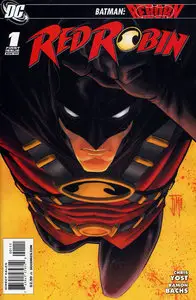
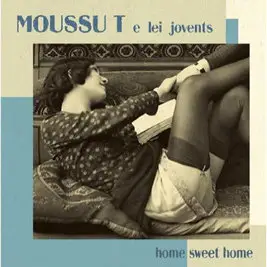
![Uriah Heep - Wonderworld [Japan Edition] (2006)](https://pixhost.icu/avaxhome/cb/db/0015dbcb_medium.jpeg)
